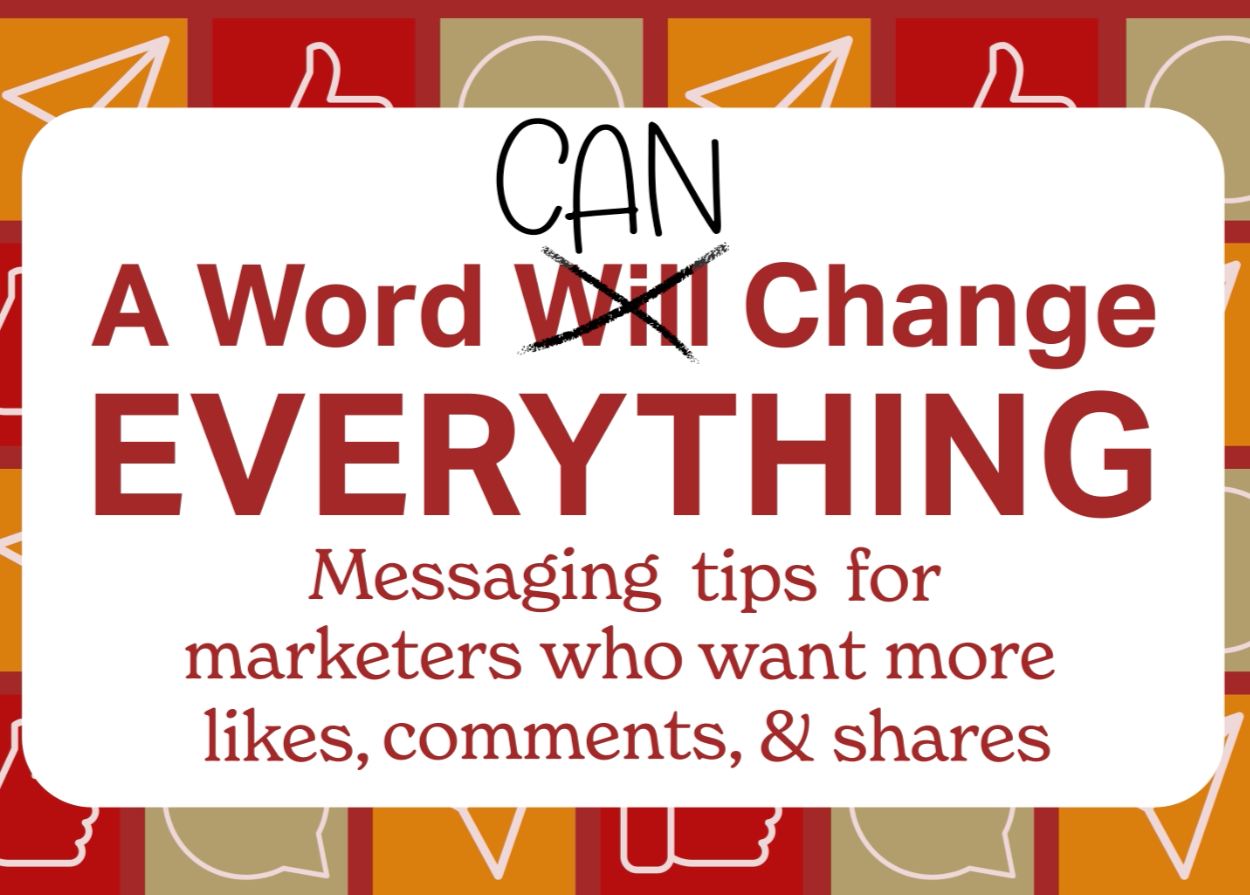Why B2B Sales Is Still Struggling to Attract Women—And What We Can Do About It
Why B2B Sales Is Still Struggling to Attract Women—And What We Can Do About It
Despite growing awareness and mounting evidence that diverse teams outperform homogeneous ones, women remain significantly underrepresented in B2B sales—especially in leadership. While many organizations talk about inclusion, a persistent gap remains between intention and action.
A recent study published in the Journal of the Academy of Marketing Science (JAMS) uncovers why.
A Research-Backed Look at the Gender Gap
The study, Women’s underrepresentation in business-to-business sales: Reasons, contingencies, and solutions, was conducted by Aline Isabelle Lanzrath, Christian Homburg, and Robin-Christopher M. Ruhnau. It takes a rigorous, qualitative approach to uncovering the root causes behind women’s underrepresentation in B2B sales. Through in-depth interviews with 60 sales professionals— predominantly women—across industries, company sizes, and hierarchies, the researchers aimed to answer two key questions:
What barriers keep women from entering and advancing in B2B sales?
What can companies do to create sales roles and environments where women can thrive?
What they found wasn’t just bias—but built-in structural and communicative practices that unintentionally alienate women.
The Hidden Barrier: Male-Centricity in Sales
About the Research
Women’s underrepresentation in business-to-business sales: Reasons, contingencies, and solutions
Journal of the Academy of Marketing Science (JAMS), 2023; Volume 53
Authors:
Aline Isabelle Lanzrath
Christian Homburg
Robin-Christopher M. Ruhnau
Full Citation:
Lanzrath, A.I., Homburg, C. & Ruhnau, RC. Women’s underrepresentation in business-to-business sales: Reasons, contingencies, and solutions. J. of the Acad. Mark. Sci. 53, 533–562 (2025). https://doi.org/10.1007/s11747-023-00988-6
The study identifies “male-centricity” as a core issue. In many organizations, both the way B2B sales jobs are marketed and how they are structured cater to male-dominated norms.
For instance, job postings often lean heavily on competitive language (think: “hunter,” “battlefield,” “crushing quotas”) and emphasize individual achievement and high-stakes performance. For many women, these cues signal that B2B sales may not align with their strengths or values—especially those centered around relationship-building, collaboration, and long-term value creation.
This creates what the authors call a “perceived women–B2B sales misfit.” Even before entering the field, many women feel like they don’t belong.
Structural Misalignment Inside the Job
Even for women who do enter B2B sales, advancement is often hindered by outdated job structures. Long hours, rigid expectations, commission-only pay models, and lack of support for work-life balance can all erode job satisfaction—especially for women balancing caregiving roles.
Cultural factors—like the dominance of male-centered networks, informal “boys’ club” dynamics, and subtle sexism—can make the day-to-day experience even more difficult.
But here’s the bigger picture: these job structures don’t just disadvantage women—they may be holding back modern sales performance altogether.
Better For Women, Better For Business
The research points to a deeper truth: B2B sales is evolving. It’s becoming more consultative, relational, and long-term oriented—qualities that align closely with strengths often associated with female talent, like empathy, perspective-taking, and team collaboration.
When companies redesign roles to reflect this shift—not only do they become more attractive to women, but they also tap into what makes sales more effective in a tech-driven world. As AI takes over transactional tasks, human connection is becoming the differentiator. Organizations that build teams around trust, insight, and partnership will win customer loyalty—and talent—in the long run.
And while the authors didn’t directly measure business outcomes, they cite prior studies showing that gender-diverse sales teams are linked to:
Higher sales quota attainment
Greater customer satisfaction
Stronger team performance
Better overall retention and engagement
So the takeaway is clear: creating an inclusive sales culture isn’t just the right thing to do—it’s a smart business move.
What Makes a Difference
Here’s where the study gets especially practical: it identifies specific conditions and changes that help mitigate the barriers women face.
Job design matters. B2B roles in industries with more collaborative or consultative selling approaches are often perceived as more inclusive.
Incentive structures should evolve. Flexible compensation models and less emphasis on face time or 24/7 availability make roles more attractive to a wider talent pool.
Mentorship and representation are key. Seeing women in leadership—and having access to support networks—helps women envision long-term success in the field.
Language shapes perception. Simple adjustments in job postings and recruiting materials—like emphasizing teamwork, empathy, and customer relationships—can dramatically shift how roles are perceived.
The path to a stronger, more representative B2B sales force won’t be paved by surface-level statements or one-off initiatives. It requires a deep look at how we define, promote, and structure sales roles—and a willingness to evolve.
As this research makes clear, the solutions are within reach. And by aligning our sales cultures with today’s talent—and today’s buyers—we can unlock better performance, stronger teams, and a more resilient sales function.
From the Authors
What companies/organizations/industries will benefit from your findings?
Our research provides stakeholders with strategies to attract, support, and retain female talent through organizational, personal, and educational changes.
For organizational change, we guide stakeholders in employer branding, sales recruiting, and sales management to better align labor market communication and job structures with women’s needs.
Recruiters and employer branding managers: We detect gender biases in current communication and offer guidance on developing tailored recruitment and talent programs that encourage women to consider B2B sales as a profession of choice. Our recommendations include emphasizing consultative and team-based aspects in job advertisements and featuring female role models as testimonials in targeted female talent programs.
For sales managers, we provide a 5-step roadmap for creating B2B sales job structures that attract and support women’s advancement. This roadmap includes steps such as monitoring gender biases in job structures (e.g., in networking structures), providing gender-inclusive resources (e.g., setting up mentoring programs), and fostering a culture of inclusion and psychological safety that enables women to build their own resources (e.g., psychological resilience) to cope with the challenges they face in B2B sales. Further, we show how restructuring incentive schemes to include sales goals related to customer retention and teamwork can promote gender diversity by better aligning with the needs of women.
For personal change, we offer women a playbook to craft job structures more closely to their needs. In this, our findings highlight the necessary interplay between resources organizations must provide (e.g., a supportive work culture that enables women to speak up for their needs) and the personal resources women need to build (e.g., psychological resilience to cope with the measurability in sales) to advance in B2B sales.
For educational change, we offer guidance on how to address the perceived misfit between B2B sales and women early in the classroom by challenging both women’s conceptions of B2B sales (e.g., correcting lay beliefs about what a career in sales encompasses) and of themselves (e.g., increasing confidence that they can succeed in sales). Practitioner talks and experiential learning techniques play a major role in this process, helping to address both conceptions of B2B sales and women’s sales confidence.
How may these organizations benefit?
Our research provides sales managers with an assessment tool to identify which B2B sales positions are most likely to create a woman–B2B sales misfit, helping them pinpoint areas where redesigning job structures and building gender-inclusive resources is most critical.
Job structures: Based on our data, we recommend fostering communal aspects in job structures—emphasizing relationship-building and teamwork—while reducing agentic aspects like excessive competitiveness or aggression.
Incentives: In terms of incentive structures, we suggest aligning incentive structures with women’s needs by balancing team-based and individual incentives and increasing the focus on customer retention goals. Our findings also emphasize the importance of individualized and dynamic incentive structures that cater to the varying needs of saleswomen, accounting for interindividual factors (e.g., risk-taking tendencies) and intraindividual factors (e.g., changing needs for security before and after parenthood).
Gender-inclusive resources: We provide guidance on gender-inclusive resources at three levels: organizational (e.g., addressing male-centric sales culture and creating a psychologically safe environment), task-related (e.g., tackling gendered task assignments that often place women in support roles), and interpersonal (e.g., confronting sexism and male-dominated network structures). These resources help sales managers cultivate an environment that supports women’s entry and advancement in B2B sales, as these resources help women cope with the gender- and sales-specific demands they face.
What competitive, cooperative, customer, employee, or market conditions may success of the recommendations depend?
The success of our recommendations depends largely on collaboration between stakeholder groups, with corporate culture changes supported by top-down leadership commitment. While there is vast potential for intervention, our findings show that easily implemented organizational “silo” interventions have limited impact on addressing the deeply rooted and historical male-centricity in B2B sales. Instead, shaping a diverse, competitive sales force for the future requires joint efforts from researchers, and stakeholders in recruiting, employer branding, sales management, education, and women themselves.




